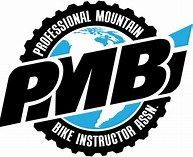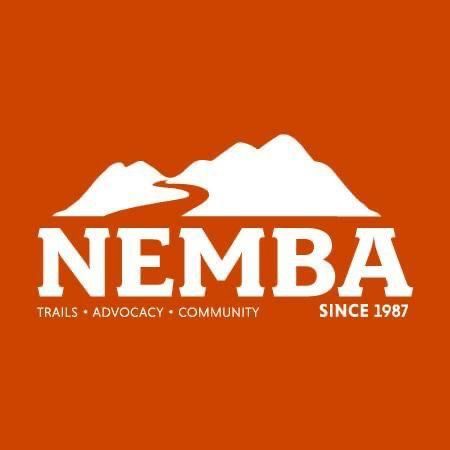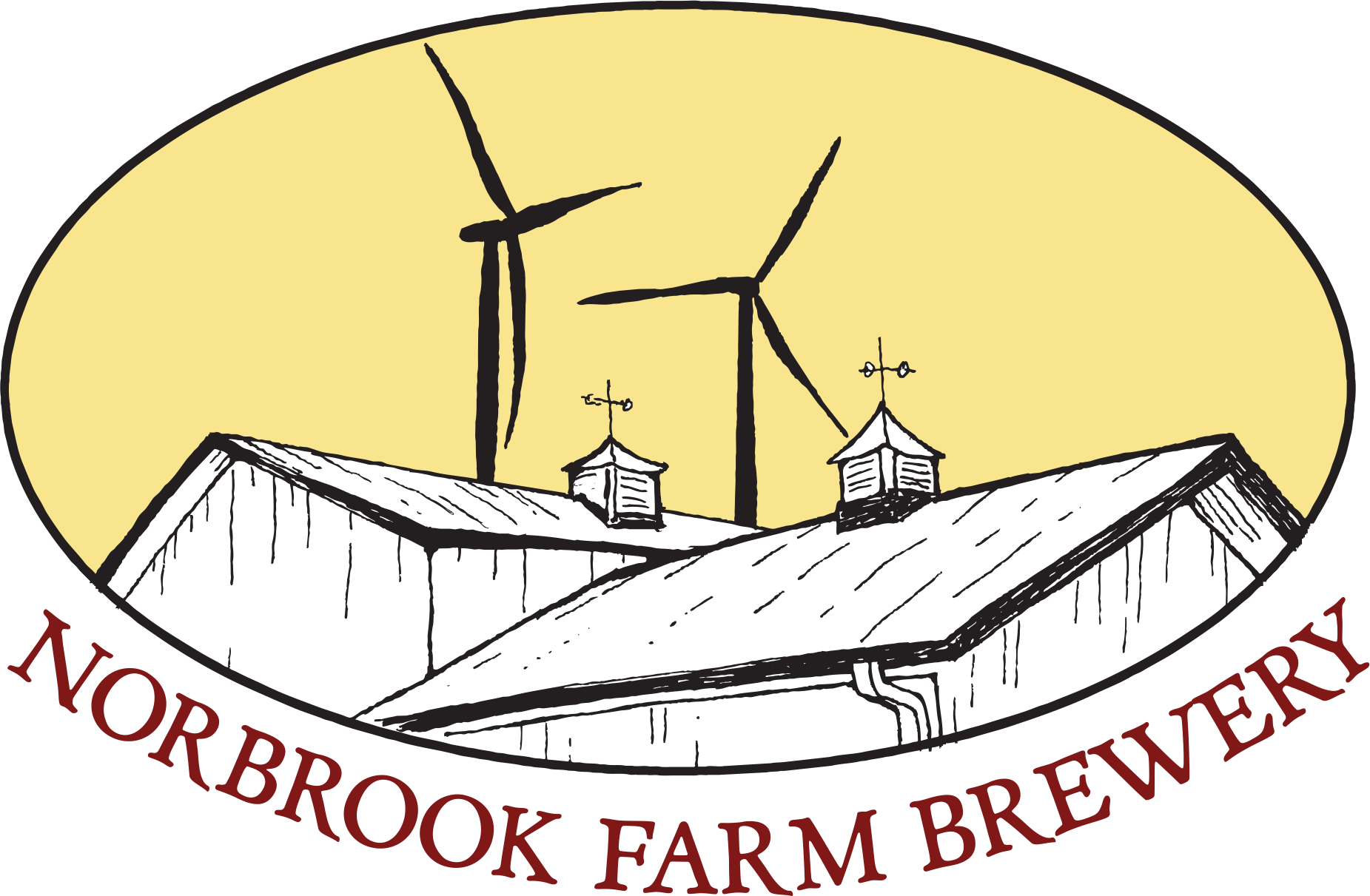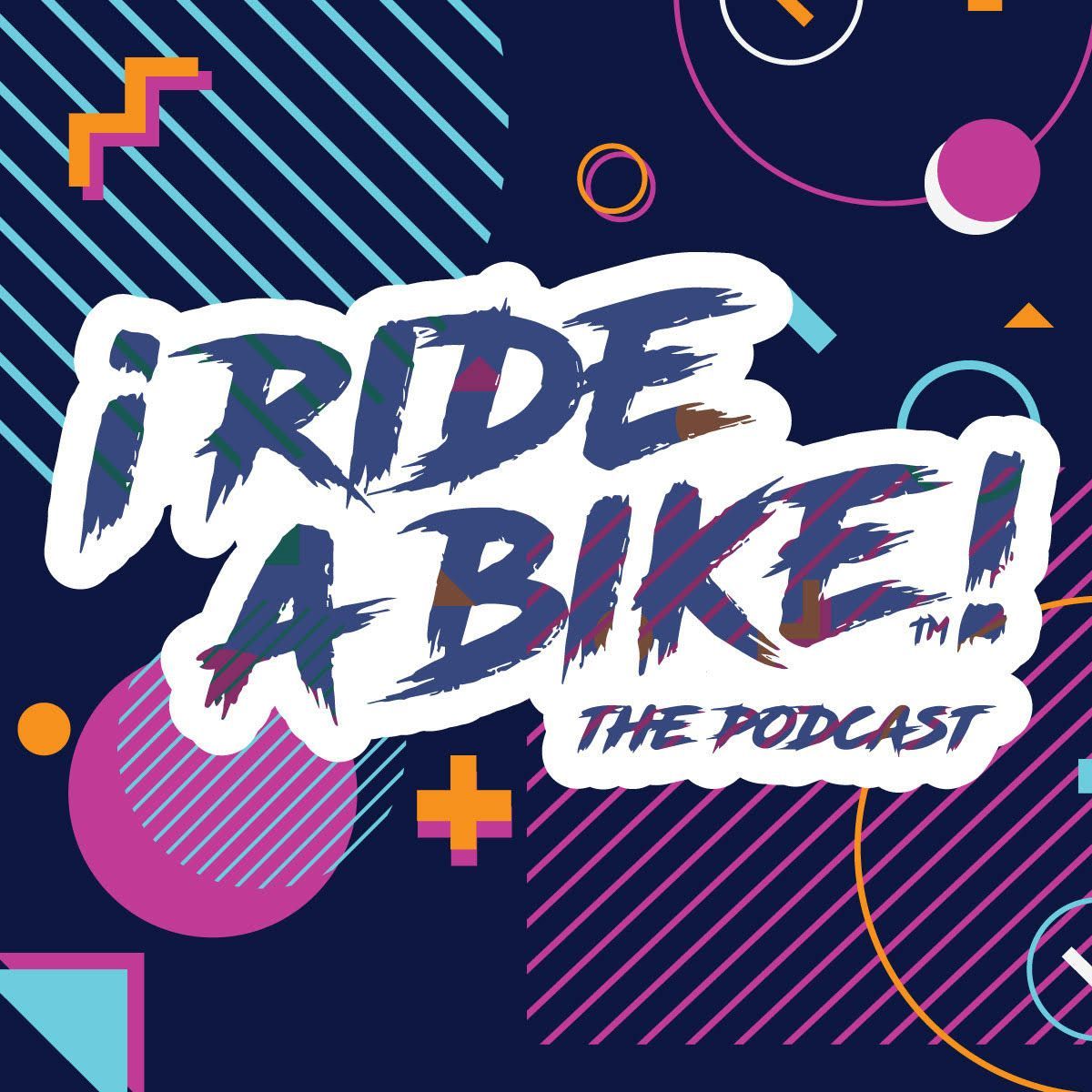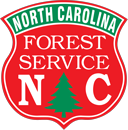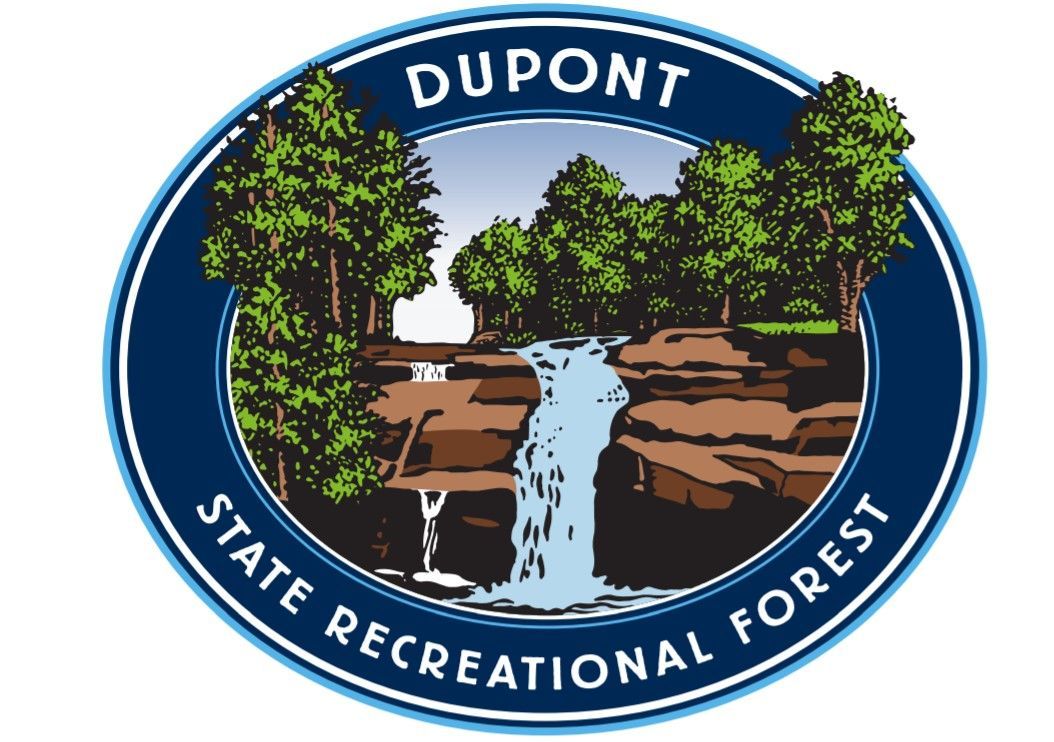Essential Bike Setup & Riding Techniques For Beginning MTBers
Essential Bike Setup & Riding Techniques For Beginning MTBers

Here are all the fundamental mountain biking abilities you'll need if you're a beginner so you can hit the trails like a master. Because mountain biking may be a daunting sport to start, we've put together some advice for new riders. There is a lot to learn on your path to becoming a mountain biker, whether it is about mechanical issues, riding style, or bike setup.
We've made this list with it in mind. You don't even need to be a beginner to read this; even experienced mountain bikers can always pick up new skills. These pointers should help you avoid some pain and have a more enjoyable experience playing the sport.
Our recommendations to the best cheap mountain bikes and the best mountain bikes for beginners will give you a ton of excellent options to think about if you're seeking to purchase your first mountain bike.
But before you start exploring the trails, you'll need to buy a helmet in addition to your bike. The top mountain bike helmets are listed here. Additionally, getting a pair of the best mountain bike gloves is very advised.
Because mountain biking may be a daunting sport to start, we've put together some advice for new riders. There is a lot to learn on your path to becoming a mountain biker, whether it is about mechanical issues, riding style, or bike setup.
We've made this list with it in mind. You don't even need to be a beginner to read this; even experienced mountain bikers can always pick up new skills. These pointers should help you avoid some pain and have a more enjoyable experience playing the sport.
Our recommendations to the best cheap mountain bikes and the best mountain bikes for beginners will give you a ton of excellent options to think about if you're seeking to purchase your first mountain bike. But before you start exploring the trails, you'll need to buy a helmet in addition to your bike. Additionally, getting a pair of the best mountain bike gloves is very advised.
Bike Set-up
A rider's unique body measurements to simple personal choice are just a few of the many variables that affect bike setup. Here are a few things you should take some time to understand.
1. Saddle posture and height
One of the most important components of bike fit is saddle height. It's quite simple to estimate on your own, but you can spend money on a bike fit to determine this more precisely. Your leg shouldn't be fully straight when your foot is on the pedal at six o'clock; rather, there should be a tiny bend in the knee. The bottom of the pedal stroke shouldn't seem like it requires you to "reach," and you shouldn't feel like you're squatting awkwardly.
Additionally, the seat post's saddle position can be altered. The angle of the saddle as well as how far forward or back it sits are adjustable. Starting with your saddle flat, we advise making gradual changes to find what feels comfortable. If you'd like, a professional bike fitter may measure and adjust this for you.
2. Tire inflation
Your ride can be significantly improved by using the correct tire pressure. Too much will prevent you from gaining traction, while too little will cause your tires to collapse and your rims to contact rocks and roots. If you haven't already, we strongly advise going tubeless because it's so simple and will greatly enhance ride quality for all riders.
It might be difficult to determine an accurate number because tire pressure can fluctuate depending on the path and rider weight, among other things. You want your tires to be able to grip the surface and deflect impacts, but you don't want them to buckle under strain. Find what works for you by experimenting with pressures between 20 and 28 psi. The rear tire should often be run with a few of psi extra pressure because it is more vulnerable to damage.
3. Suspension
You should also be aware of your fork and/or shock. The air pressure and sag should be set initially. The weight of the rider will decide this. Additionally, the suspension will include options for compression and rebound. You can start off by using the suggested settings provided by each suspension manufacturer. Visit our guide on how to adjust mountain bike suspension for a more thorough look.
4. Simple maintenance
It's crucial to maintain the cleanliness and functionality of your bike. An effective machine is one that is clean. Cleaning important components, such as the gears and the seals on your suspension and dropper post, is important even if your bike doesn't appear dirty. To achieve this, all you really need is a yard hose and some degreaser. Although standard dish soap also works, bike-specific cleaners and degreasers work best. Additionally, lubricate the chain after washing the bike or whenever it sounds dry. Examining your bike for any damage that might have happened without you realizing it is a smart idea while you're cleaning. Check the pressure in your tires before each ride, and it never hurts to check your bike's bolts to be sure nothing has come loose.
Riding tips
1. Cycling and ascent
Instead of patiently grinding up a hill in a hard gear, it is more effective to spin your legs at a higher cadence. On a mountain bike, as opposed to a road cycle, maintaining a constant pedaling rhythm is a little more difficult because the terrain and obstacles are always changing.
When ascending, it's more effective to ease into the slope, moving more slowly at first, then picking up the pace if you like. It all comes down to learning how to pace yourself and being aware of how your body responds to certain circumstances.
2. Handling and riding
Always looking in the direction you want to go is one of the best bits of mountain biking advice. Your head and eyes should be directed toward the corner's exit when you circle a corner. When you come out of the corner, you should then be scanning the remainder of the trail. When you concentrate on looking up and ahead on the trail, you'll be surprised at how much faster you can travel.
You want to be in the "attack position" when approaching a tricky portion on a downhill. Although it may sound aggressive, this position, with your weight in the middle of the bike, can also be considered neutral. With your head up and elbows out, your arms and legs should be at ease. While standing up and descending, this is the most secure position to ride in.
One of the most exciting aspects of mountain riding is figuring out a way through a tough stretch. You basically want to locate the most effective path between the rocks and roots, which is difficult to convey without actually seeing a trail. Sometimes a little longer, smoother route will be quicker than a shorter, rough one.
Even professionals can benefit from practicing cornering, one of the trickiest abilities to grasp. As was previously emphasized, keep your eyes and head forward. Then, before or at the start of a corner, brakes should be applied. When you've attained the ideal speed, lean into the corner by pointing your hips, shoulders, and outside foot in the direction you want to go. As a result, the tires will become traction-seeking and dig into the ground.
It takes practice to get better at cornering. Setting up some cones or rocks on an open dirt area and repeatedly cornering around them is a fantastic technique to train. The carefully sculpted berms at a pump track will also help to provide support.
Drops and jumps can be frightening. In order to get to bigger, more difficult features, you should only attempt the jumps and drops you are comfortable with. When you jump, you should keep the bike steady and avoid letting it nosedive or soar too high. Again, pump tracks frequently feature modest jumps that are great for instruction. You can roll off little curbs and then go to greater features for drops.
Fuel the ride
It's a lot of fun to go mountain biking, but your body needs nourishment to function. For this reason, it's crucial to have enough food and water on rides. Additionally, it's important to eat something before riding because doing so can make you feel like robbing the neighborhood McDonald's.
Per hour of riding, it is generally recommended to consume one bottle of water and one food item (gel, bar, etc.). Because every person's body is unique and has unique fueling needs, you should experiment to find what works for you.
You can add drink mixes in addition to plain water, which typically have electrolytes and sugar added to them. Some drink recipes might also provide calories.
Getting faster
The best approach to become a better rider is to ride frequently. Your abilities and fitness will advance naturally as you practice and log more kilometers. Riding alongside individuals who are more skilled than you is a fantastic alternative though. On a slope or during a descent, make an effort to maintain momentum. Additionally, other bikers can watch you ride and offer advice. You'll become addicted to the need for speed quite quickly, and before long, you'll be flying.
